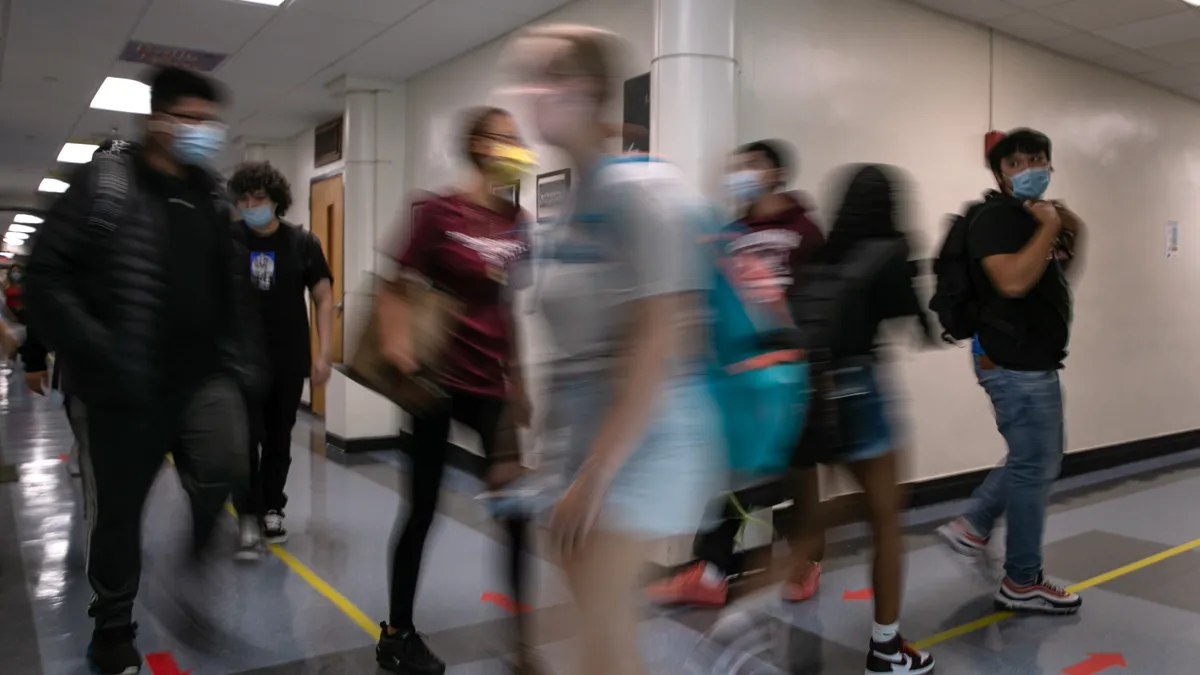Dive Brief:
- Educators don’t need to confine the idea of consent to health classes, but can instead broaden the idea into other subjects across middle and high school, Laura McGuire, a sexuality educator, trauma-informed specialist, and inclusion consultant at the National Center for Equity and Agency, writes for Edutopia.
- For example, English language arts classes can ask students to study consent and topics close to it for research papers, and science courses can explore the way the human body and mind react to trauma. In civics, students can investigate how survivors navigate legal systems and laws that affect them, while math and physical education classes can bring in lessons that explore the statistics of gender-based violence or talk about consensual physical contact within sports.
- McGuire believes the more opportunities educators offer pupils to share and communicate about consent and similar topics, the better they serve their students.
Dive Insight:
Thirty-nine states and the District of Columbia require sex education and/or HIV education in schools as of June 1, 2021, according to the Guttmacher Institute, a non-profit reproductive health research group. Still, only 24 states and the District of Columbia require students also be taught about personal boundaries and refusing unwanted sexual advances, and just nine states require consent be covered as well.
There are ways to seed concepts like consent into other subject matters within curriculum — and educators can turn to tools like social-emotional learning for some guidance. At the core of its framework, SEL can help students develop self-management, self-awareness, social awareness, relationship skills and responsible decision-making, which can include empathy and compassion — all tools that can help young people develop the ability to respectfully communicate, connect and identify with each other.
Schools have already successfully worked SEL skills across K-12 curriculum, such as in science classes, where students, sharing their work and evidence for conclusions, must learn how to work in a group environment. Art classes too can help students learn how to channel feelings and thoughts, and even math classes can adopt SEL tools to support students' development of critical confidence, analysis and reasoning.
By utilizing SEL strategies, educators can help to bring concepts like consent into other subject areas and increase the development of empathy, communication and compassion within a student community.






 Dive Awards
Dive Awards







